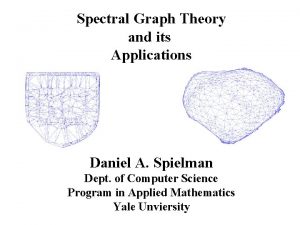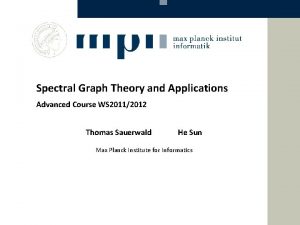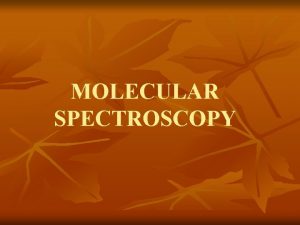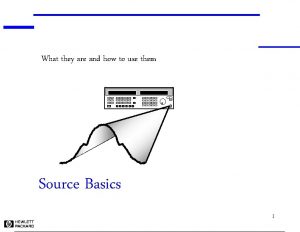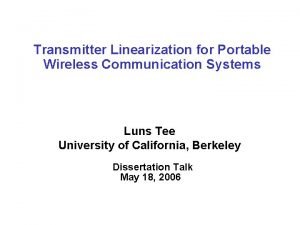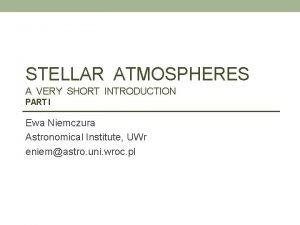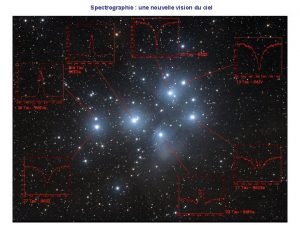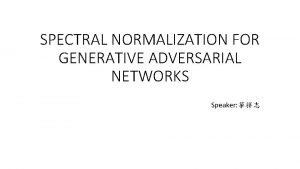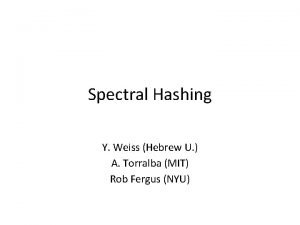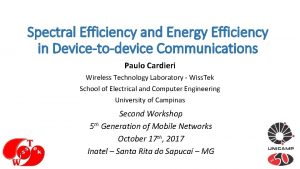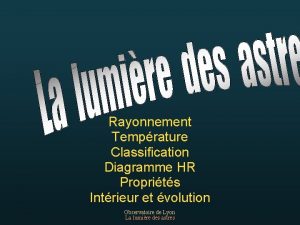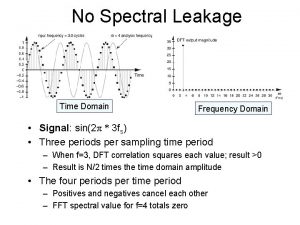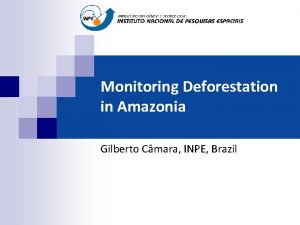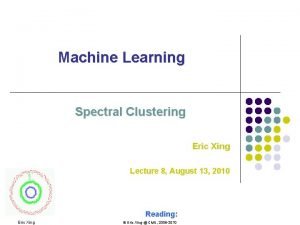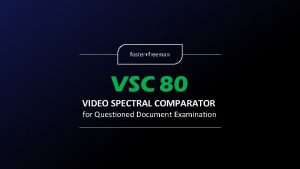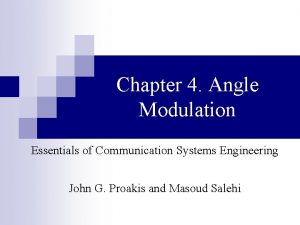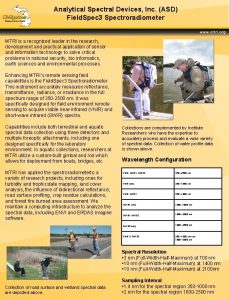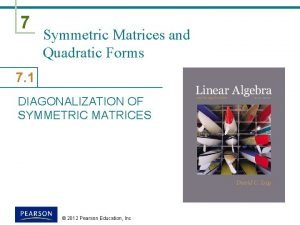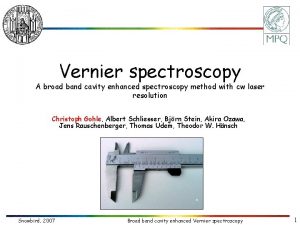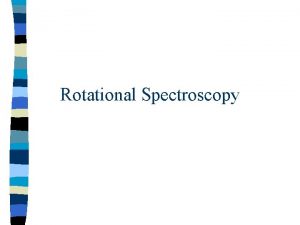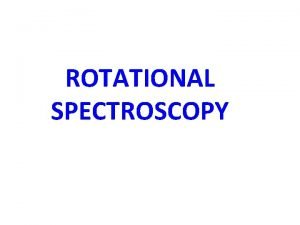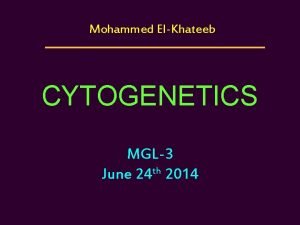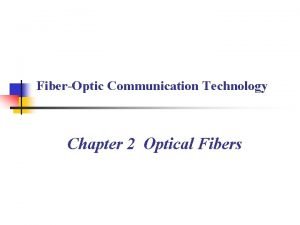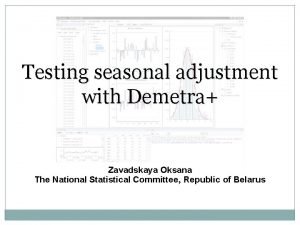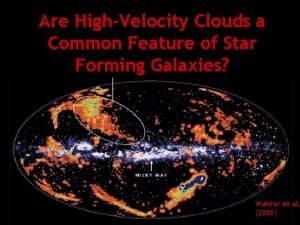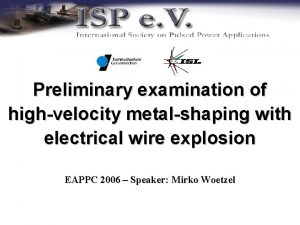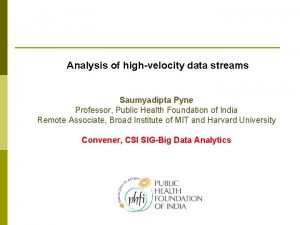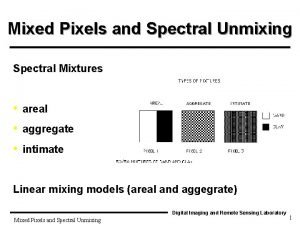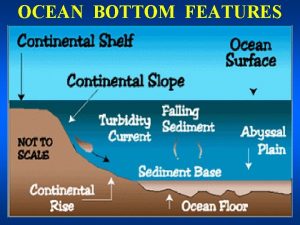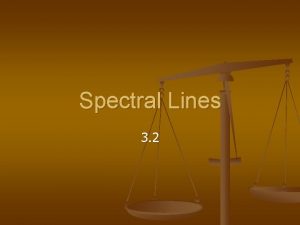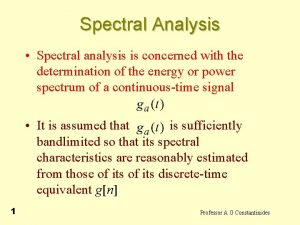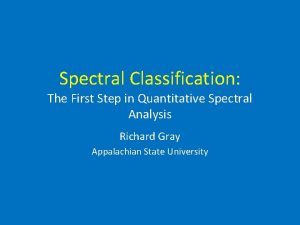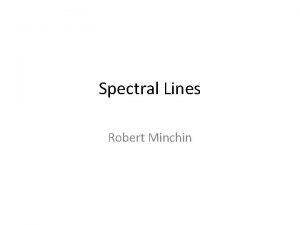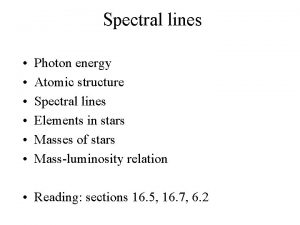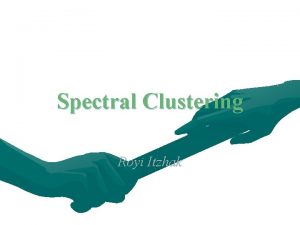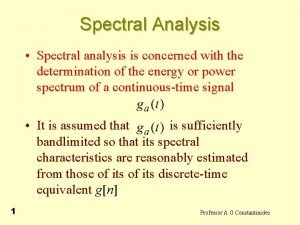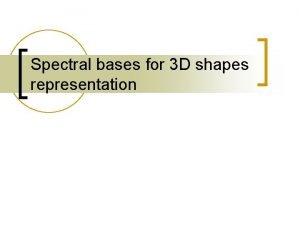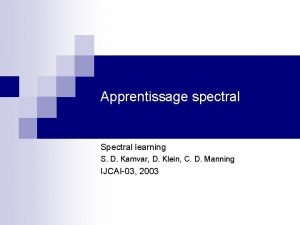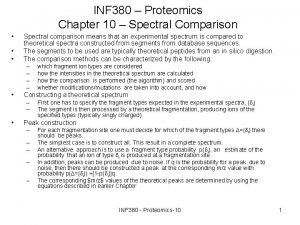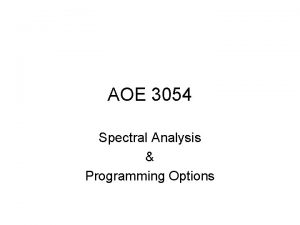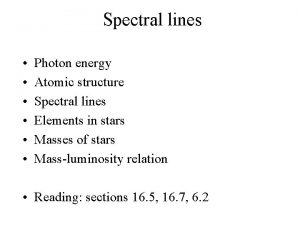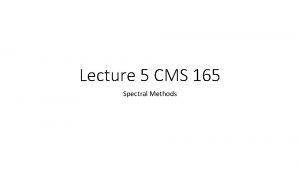Lessons from Spectral Evolution and HighVelocity Features in



























- Slides: 27

Lessons from Spectral Evolution and High-Velocity Features in Core-Normal Type Ia J. Craig Wheeler On Behalf of the Austin Mafia: Howie Marion (+Cf. A), Jozsef Vinko (+ U. of Szeged), Jeff Silverman (+ UCB), Robert Quimby (+IPMU) Texas A&M, April 9, 2103

Outline I. Spectral Evolution – Deflagration to Detonation Models II. => Single Degenerate? III. High-Velocity Features (as opposed to High Velocity SN Ia) IV. Collision with a CSM? I. Conclusions

Typical Def/Det Composition Structure (Höflich et al. 2004)

My conviction: 1 D deflagration to detonation models do a pretty good job of accounting for the multi-band light curves and spectral evolution of Core Normal SN Ia Optical, UV, NIR spectra Pre-maximum to nebular Wheeler et al. (1998) Blondin et al. (2013)

With some perturbation, off-center def/det transition, can account for polarization (Höflich et al. 2006)

Deflagration/Detonation models do a pretty good job of accounting for the spectral evolution. Still uncertain physics of deflagration to detonation transition, but see recent work of Poludnenko et al. Paradigm shift through highly-resolved direct numerical simulations of turbulent combustion in hydrogen flames: no distributed flame. 1 D Def/Det models are not the last word, but they set the bar: any competing model must do at least as good; not just light curves, but spectral evolution.

Röpke et al. (2012) “Hard collision” of two white dwarfs, detonation. Issues with initiating, propagating detonation with level set method Likely problems with polarization, nebular line profiles

Seitenzahl et al. (2103) – parametrized 3 D Det/Def models, a challenge for the future.

Does the relative success of Def/Det models imply single degenerate progenitors? Def/Det models seem to demand a relatively slow evolution to central carbon ignition in a carbon/oxygen white dwarf very near the Chandrasekhar mass, runaway to form deflagration, transition to detonation. Consistent with classic models of single-degenerate evolution. But Relatively slow double-degenerate disruption (10 s of orbits? ? ) might do the job (Dan et al. 2011, 2012; but see Kasen talk).

High-Velocity Features Seen prominently in Ca NIR triplet prior to maximum, but also in Ca H&K. Si II, other lines. Clue to burning or to CSM?

Gerardy et al. (2004)

Quimby et al. (2006) “Linear” blue wing in Si II

High velocity Ca II NIR triplet + OI? (Marion, Vinko, JCW) Must observe well before maximum, early detection critical.

SN 2009 ig beginning at -14 d (Marion et al. 2013)

Evolution of Si II (Marion et al. 2013)

High velocity and photospheric components of Si II, Si III, S II, Fe II (Marion et al. 2013).

Marion HET snapshot data

6000 km/s Evolution of High-Velocity Features and Photospheric Features (Marion et al. 2013).

Silverman – BSNIP data Ca NIR HVF exist in all subtypes (core normal. 91 bg, 91 T), both high velocity and normal velocity in X. Wang classification scheme.

The high-velocity Si II blue wing extends up to the blue absorption of the Ca II NIR that extends to >30, 000 km/s in blue wing (Quimby, et al. 2006) High velocity Si II must come from the white dwarf High velocity Ca from the CSM? ?

Contact Discontinuity H, He, primordial Ca Si, IME Chevalier – forward, reverse shocks, RT unstable contact discontinuity

Gerardy et al. (2004)

Gerardy et al. (2004)

Spectropolarimetry of Core Normal Type Ia SN 2001 el (Wang et al. 2001) Ca II NIR High. Velocity feature is significantly polarized

HVF Conclusions High-velocity features are common before maximum, but not universal (~90% ? ? ; Silverman examining BSNIP data). High-velocity features are distinctly separate from the photosphere by ~ 6000 km/s, kinematically detached. High-velocity features are polarized. Highest velocity HV Si ~ lowest velocity HV Ca. Impact of SN ejecta on CSM shell, m ~ few hundredths of Msun, with primordial Ca gives a reasonable representation of the HVfeatures. If CSM shell, must lie at << 1015 cm to avoid contamination of early light curve, must have large covering factor to be so common, but sufficiently asymmetric to account for polarization.

Conclusions Deflagration to Detonation models work well for spectral evolution of Core Normal SN Ia (and some sub-varieties). Consistent with, but does not demand single degenerate evolution High-velocity features are strongly suggestive of a circumstellar structure of small mass (~ few 0. 01 Msun) and radius (typical size of orbit, ~ 1012 cm, would probably be adequate). Ca could be primordial, but do not know major constituent of CSM, H? He? C? O? SD? ? DD? ?

Type Ia Credit: David A. Hardy
 Daniel spielman spectral graph theory
Daniel spielman spectral graph theory Spectral graph theory and its applications
Spectral graph theory and its applications Rotational spectral lines
Rotational spectral lines Spectral regrowth
Spectral regrowth Spectral regrowth
Spectral regrowth Spectral classification
Spectral classification Profil spectral rigel
Profil spectral rigel Spectral normalization
Spectral normalization Spectral hashing
Spectral hashing Spectral efficiency
Spectral efficiency Séquence principale
Séquence principale Spectral leakage
Spectral leakage Spectral bands
Spectral bands Cmu machine learning
Cmu machine learning Spectral clustering
Spectral clustering Foster freeman vsc 80
Foster freeman vsc 80 Spectral clustering
Spectral clustering Spectral characteristics of angle modulated signals
Spectral characteristics of angle modulated signals Analytical spectral devices
Analytical spectral devices Spectral decomposition
Spectral decomposition Vernier spectroscopy
Vernier spectroscopy Value at risk formula
Value at risk formula Rotational spectral lines
Rotational spectral lines Rotational spectral lines
Rotational spectral lines Spectral karyotype
Spectral karyotype Meridional rays in optical fiber
Meridional rays in optical fiber Vocal enhancer adobe audition
Vocal enhancer adobe audition Spectral graph
Spectral graph
